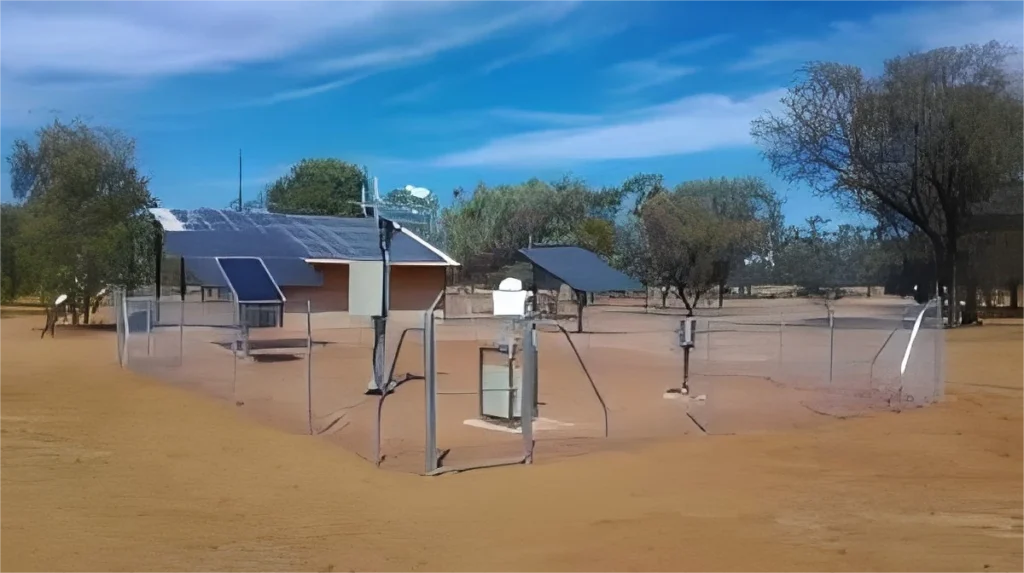
。
# The Drawbacks of Automated Weather Stations
## Introduction
Automated weather stations (AWS) have revolutionized meteorological data collection by providing continuous, real-time measurements without constant human supervision. While these systems offer numerous advantages, they also come with several limitations that can impact data accuracy and reliability. This article explores the key disadvantages of relying solely on automated weather stations.
## 1. Limited Sensor Capabilities
One significant drawback of AWS is their inability to replicate certain human observations:
- Cannot identify cloud types or unusual atmospheric phenomena
- Limited in detecting precipitation types (e.g., distinguishing between sleet and freezing rain)
- Often miss subtle weather changes that trained observers would notice
## 2. Maintenance Challenges
Technical Issues
Automated stations require regular maintenance that isn’t always performed:
- Sensors can drift out of calibration without immediate detection
- Power failures or battery issues may cause data gaps
- Mechanical components (like rain gauge mechanisms) can jam or malfunction
Environmental Factors
Weather conditions themselves can impair station performance:
- Snow accumulation can block sensors
- Extreme temperatures may affect electronic components
- Dust or salt buildup in coastal areas can degrade equipment
## 3. Data Quality Concerns
Several factors can compromise the accuracy of AWS data:
- No immediate quality control – errors may go undetected for extended periods
- Limited ability to identify and flag anomalous readings
- Potential for systematic errors if calibration isn’t maintained
- Vulnerability to vandalism or animal interference in remote locations
## 4. High Initial and Operational Costs
While AWS reduce labor costs, they present other financial challenges:
- Substantial upfront investment for equipment and installation
- Ongoing costs for maintenance, repairs, and replacements
- Specialized technical support requirements
- Data transmission costs for remote stations
## 5. Limited Flexibility and Adaptability
Automated systems lack the adaptability of human observers:
- Cannot adjust observation protocols for special events or emergencies
- Fixed measurement intervals may miss significant weather events
- Difficult to modify for new measurement requirements
- Limited ability to provide contextual information about observations
## Conclusion
While automated weather stations provide valuable continuous data with minimal human intervention, their limitations highlight the importance of maintaining a hybrid approach to weather monitoring. Combining AWS technology with trained observer input and regular quality control checks helps ensure the most accurate and comprehensive weather data collection possible.
Meteorological organizations must carefully weigh these disadvantages against the benefits when planning their observation networks, considering factors like location, budget, and required data precision.